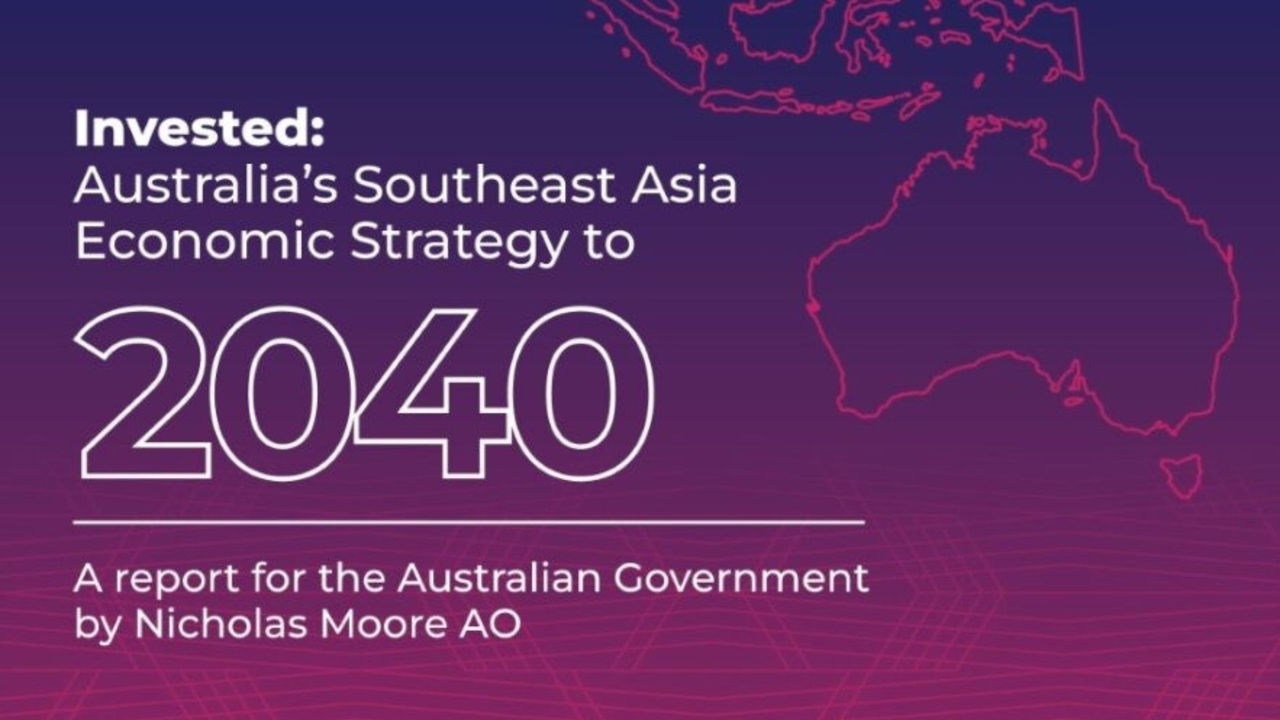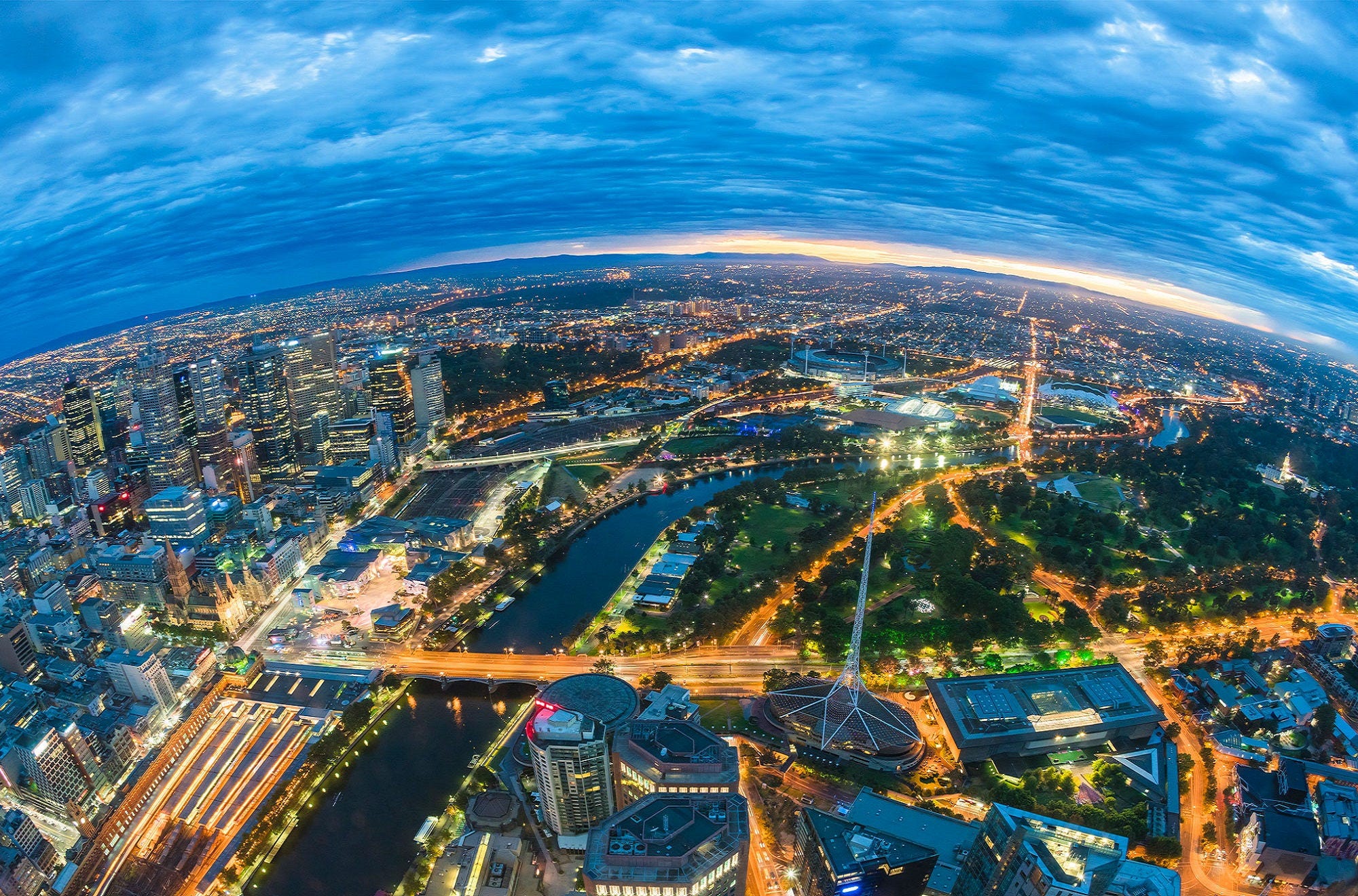Australia launches new Southeast Asia Economic Strategy to 2040
The Australian Government has released a major new strategy to forge closer economic integration with Southeast Asia, one of the world’s fastest-growing regions.
Invested: Australia’s Southeast Asia Economic Strategy to 2040 was launched by Australian Prime Minister Anthony Albanese at the ASEAN Indo-Pacific Forum in Jakarta on 6 September.
The strategy was driven and developed by Mr Nicholas Moore AO, Special Envoy to Southeast Asia. It sets out a practical pathway to increase Australia’s two-way trade and investment with the region and deepen economic integration.
Southeast Asia as a bloc is likely to be the world’s fourth-largest economy by 2040, closely organised around a regional entity known as the Association of Southeast Asian Nations (ASEAN), established in 1967.
The strategy found Australia needs to do more if it is to benefit from the region’s economic growth. ‘Our economic future lies with Southeast Asia,’ says Prime Minister Albanese. ‘This strategy outlines how we can harness this growth and seize the vast trade and investment opportunities our region presents.’

Growing Australian investment in Southeast Asia
Australia is a favoured investment destination for Southeast Asian countries. Stocks of ASEAN’s FDI into Australia in 2022 were A$58.3 billion. Total stocks of ASEAN’s FDI into Australia increased an average 11.5% a year (A$50.9 billion overall) between 2003 and 2022.
However, Australian investment in Southeast Asia is underweight in relation to Australia’s competitors. Australian foreign investment stocks in Southeast Asian countries were worth A$123.1 billion in 2022. This represented only 3.4% of Australia’s total investment overseas (A$3.7 trillion).
Australia’s foreign direct investment in the region has also stagnated in the last decade. ASEAN’s share of FDI stocks from Australia fell from 6.3% in 2017 to 2.9% in 2022.
The strategy recommends increasing Australian investment in Southeast Asia as a way to deepen and broaden economic engagement between Australia and the region.
Austrade support for new trade and investment initiatives
The Australian Government has announced three priority initiatives as an initial response to the strategy’s 75 recommendations. Austrade will lead one initiative and deliver another with government partners.
Investment deal teams
Austrade, the Department of Foreign Affairs and Trade and Export Finance Australia (EFA) will deliver a $70.2 million, four-year initiative to increase Australian investment in Southeast Asia. EFA is an Australian Government agency that provides finance solutions to support Australian exports and overseas infrastructure development to help manage risk for Australian companies.
Partner agencies will set up investment deal teams in the region to work with Australian institutional and corporate investors, as well as Southeast Asian businesses and governments. The teams will identify opportunities in priority sectors and facilitate investment by Australian business. They will also provide market intelligence to investors and advise on risk management and regulatory processes.
Southeast Asia Business Exchange
Austrade will also lead a $19.2 million program to support increased two-way trade between Australia and Southeast Asia. This initiative will include business missions to the region targeting priority sectors identified in the strategy. It will drive a program of activities to raise Australian businesses’ awareness of the range of commercial opportunities in the region.
Placements and internships pilot program for young professionals
This program will make available placements and internships (6 to 12 months in length) for young professionals from Australia in Southeast Asia, and for young professionals from Southeast Asia in Australia.
Priority sectors
The strategy identified 10 priority sectors:
- agriculture and food
- resources
- green energy transition
- infrastructure
- education and skills
- visitor economy
- healthcare
- digital economy
- professional and financial services
- creative industries.
Green energy transition is a strong focus as Australia and Southeast Asian countries look to enter new renewable energy and clean energy supply chains to meet their net zero targets out to 2040 and beyond.
The investment deal teams will focus efforts on raising awareness, removing blockages, building capability and deepening investment in these 10 sectors.
